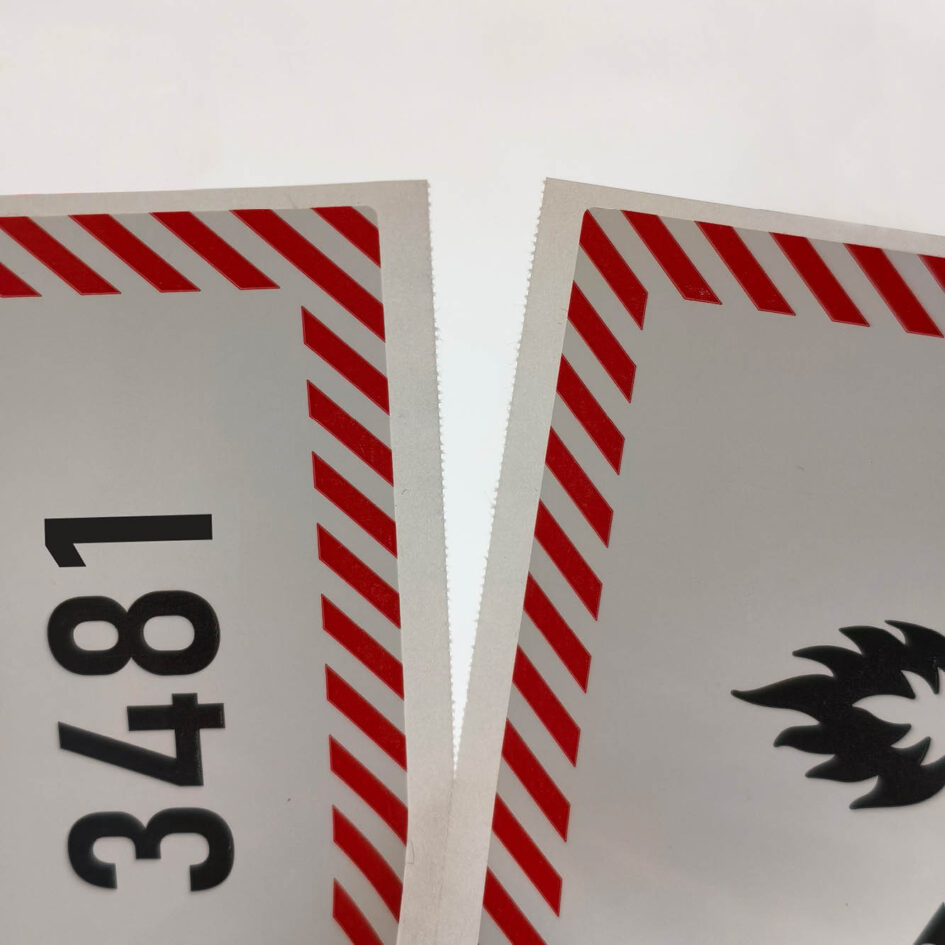What's new?
We are now offering our hazardous goods labels in accordance with ADR special regulation 188 (e.g. for UN3480 or UN3481) in the standard 100×100 mm format in a micro-perforated version. This means that the labels can be separated cleanly, easily and without tools – with the same suitability for machine processing.
Your advantages at a glance
Manual tearing made easy
Thanks to precise micro-perforation, you can tear off the labels quickly and safely by hand, without scissors or a knife – ideal for on the go, in workshops or for spontaneous use.
Flexibility for roll goods
Whether you need individual labels or fully automated labeling – perforation makes both possible. Maximum flexibility with consistent process reliability.
Unrestricted machine suitability
The perforation is designed so that you can continue to use your labeling machines without any adjustments. A real advantage during operation.
Independence from the place of use
The tear-off function makes use much more mobile – for example in outdoor areas, with drivers or on the construction site.
Technical details at a glance
Format: 100 × 100 mm
Regulation: ADR, RID, IMDG, IATA
Units: 1,000 pieces per roll or 100 pieces per set
Material: Flexible, weatherproof, seawater-resistant in accordance with BS 5609 Section III
Adhesive: Strong adhesion – even on critical surfaces
Conformity & quality - always up to date
The hazard labels from BOXLAB Services not only meet the requirements of the ADR, RID, IATA and IMDG codes – they exceed them in terms of quality, durability and functionality. Every new ADR version is checked and our labels are adapted accordingly – so that you are always up to date.
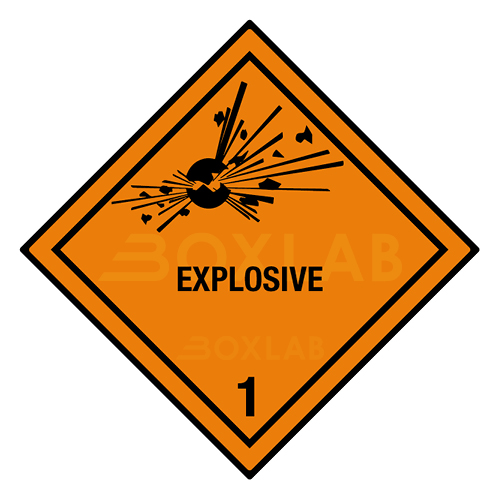

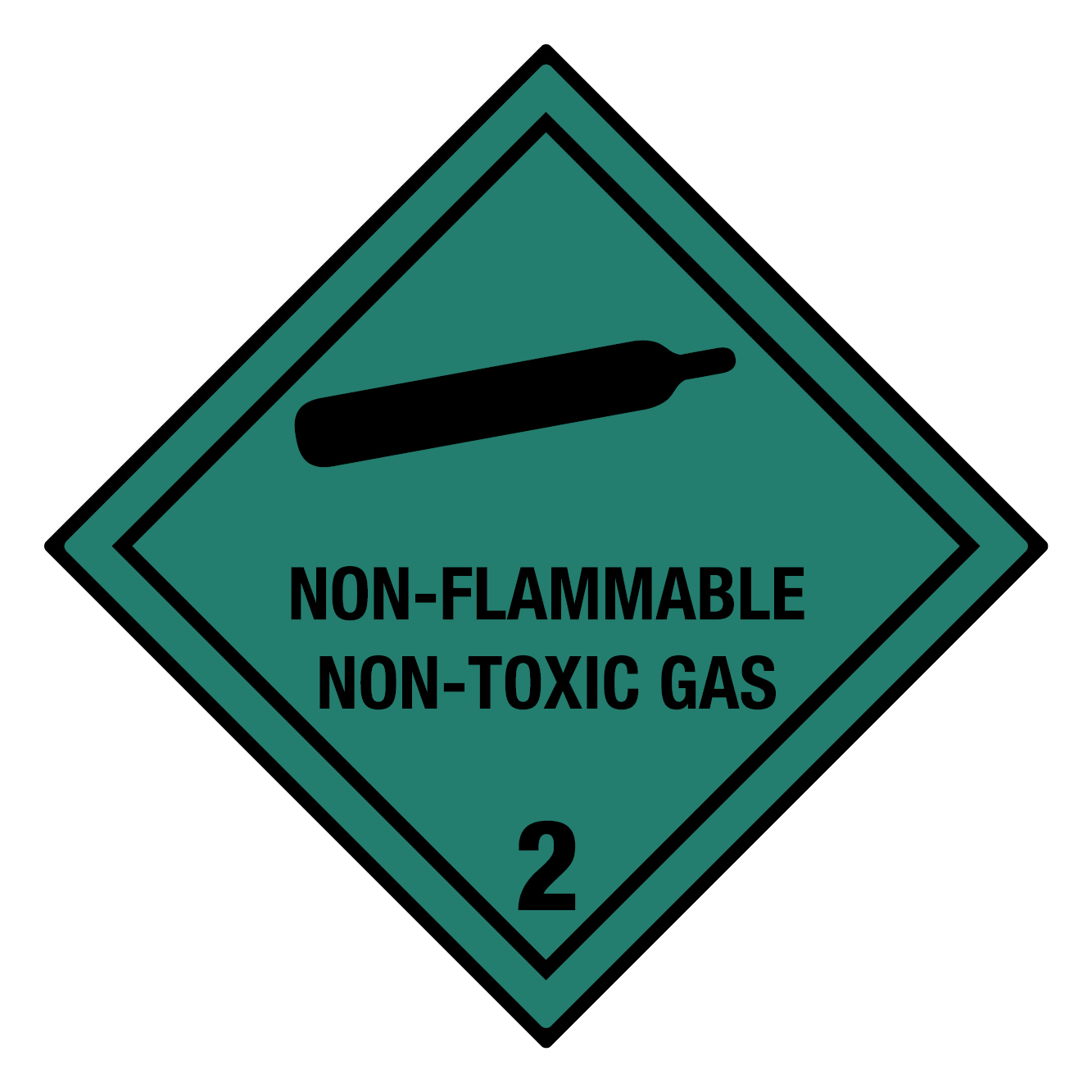



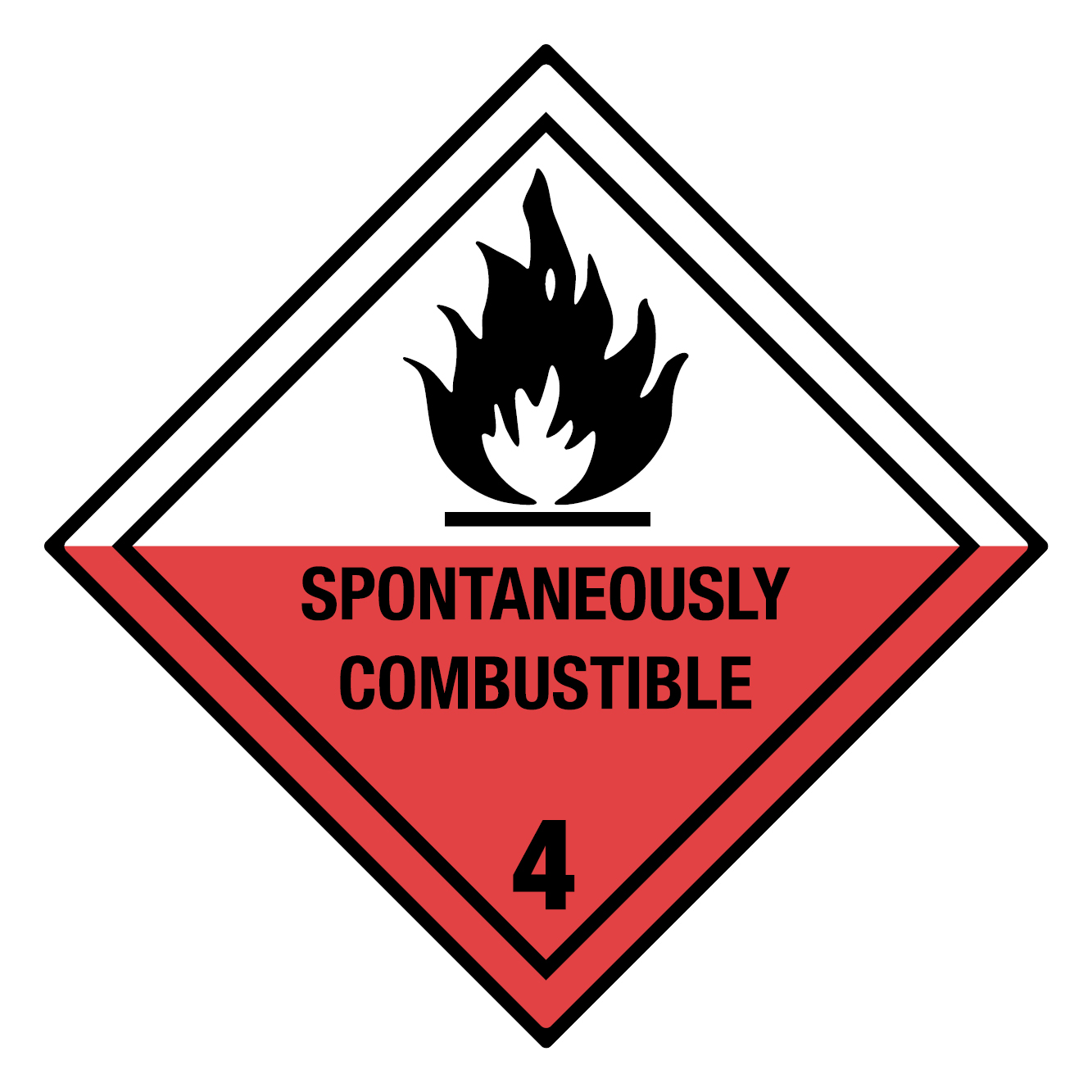

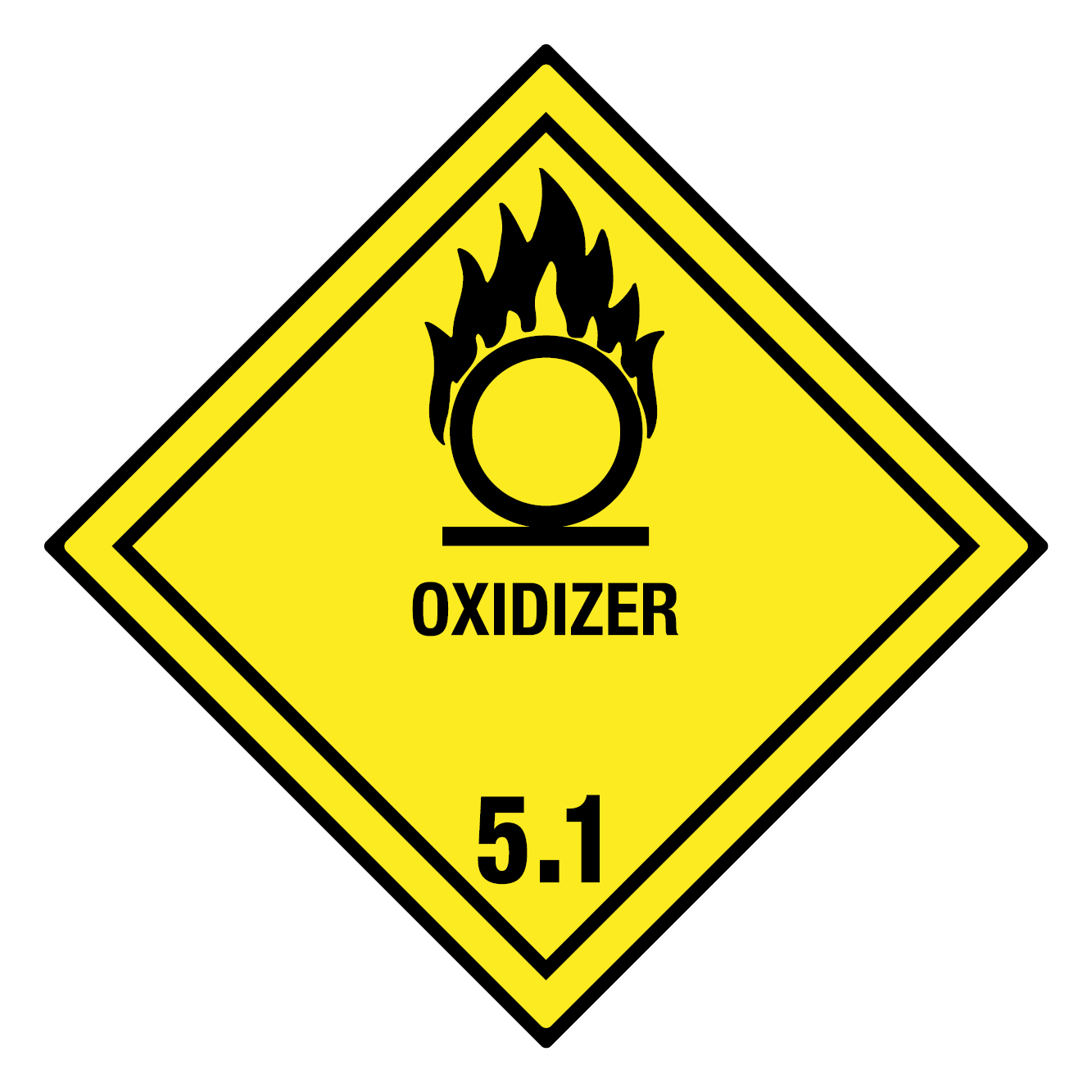
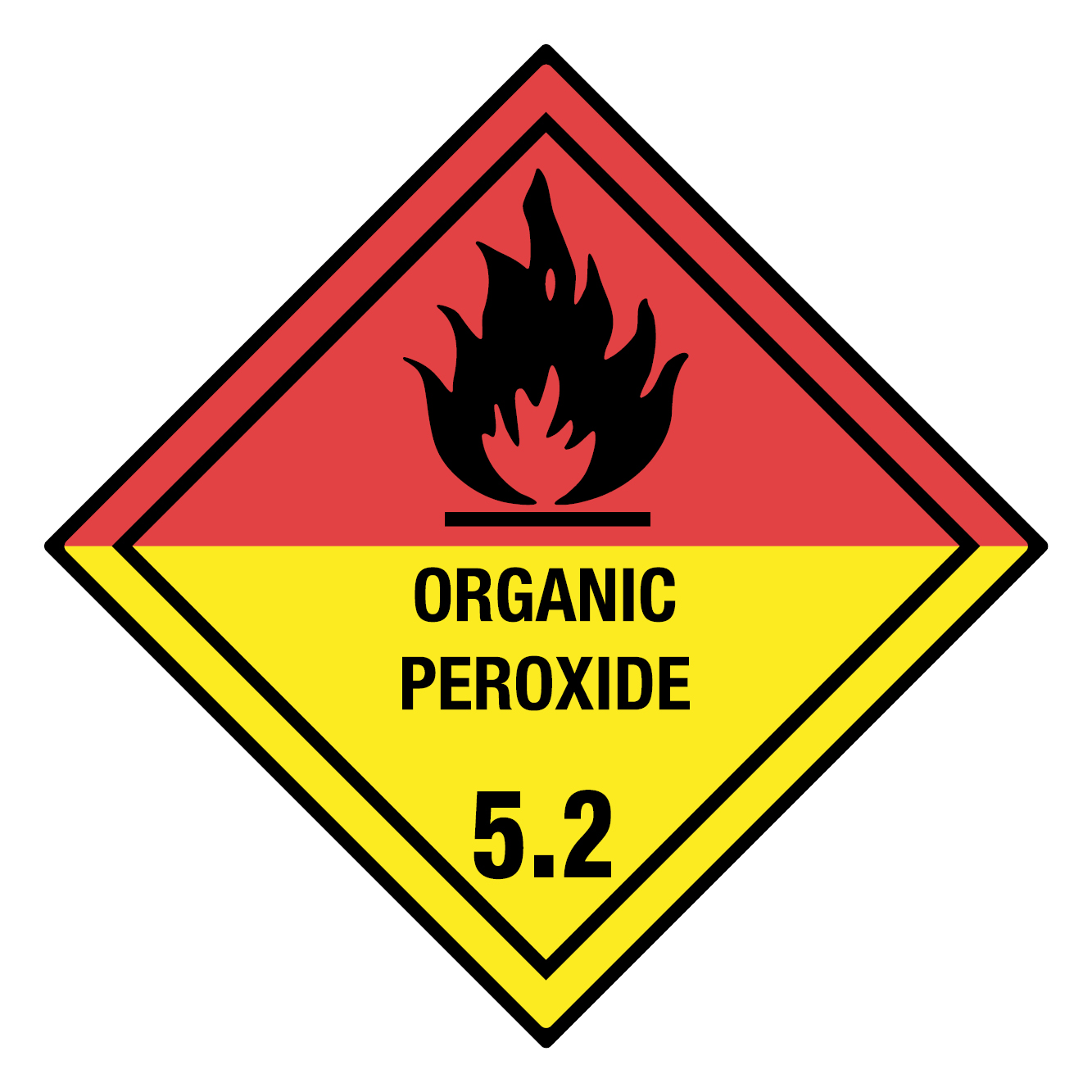
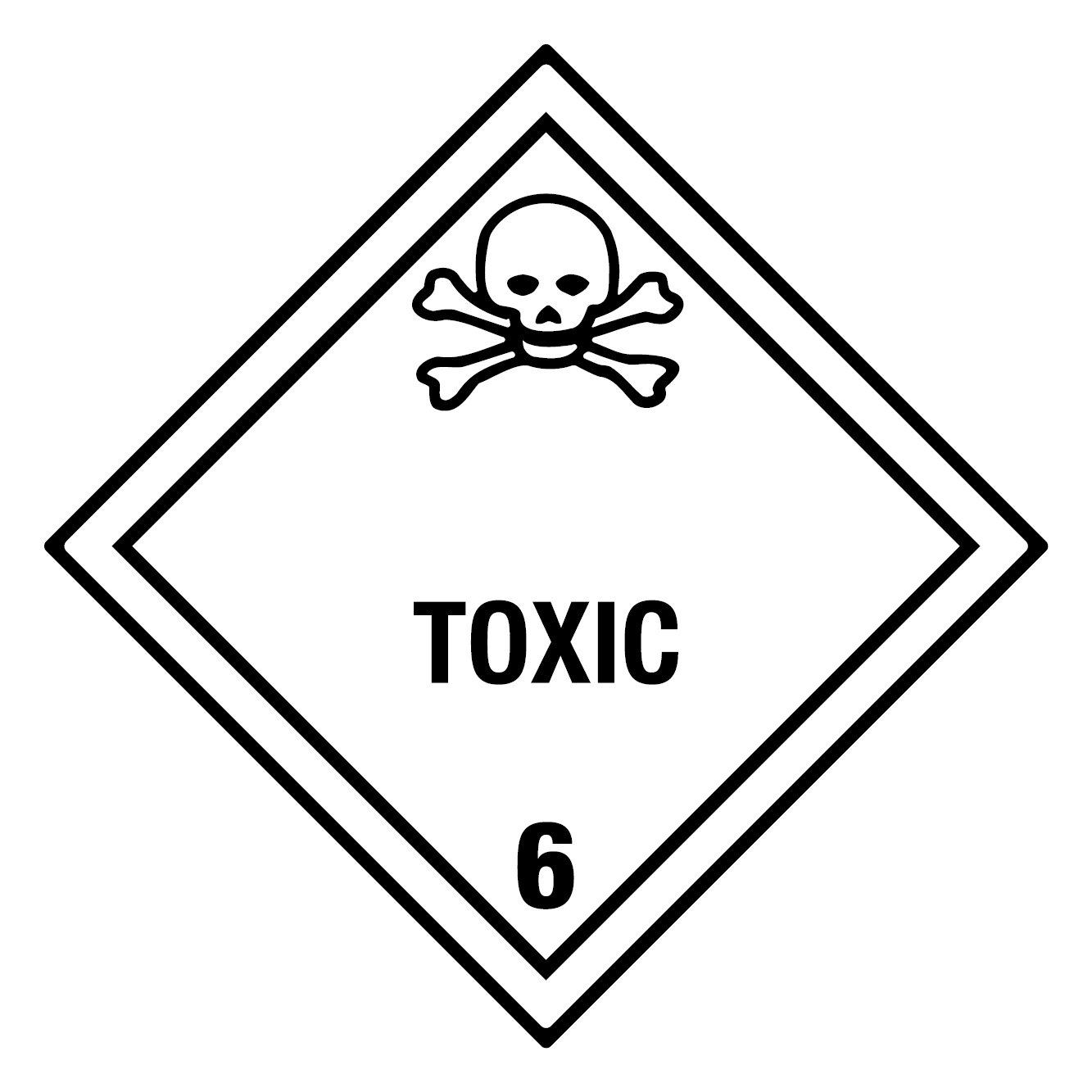
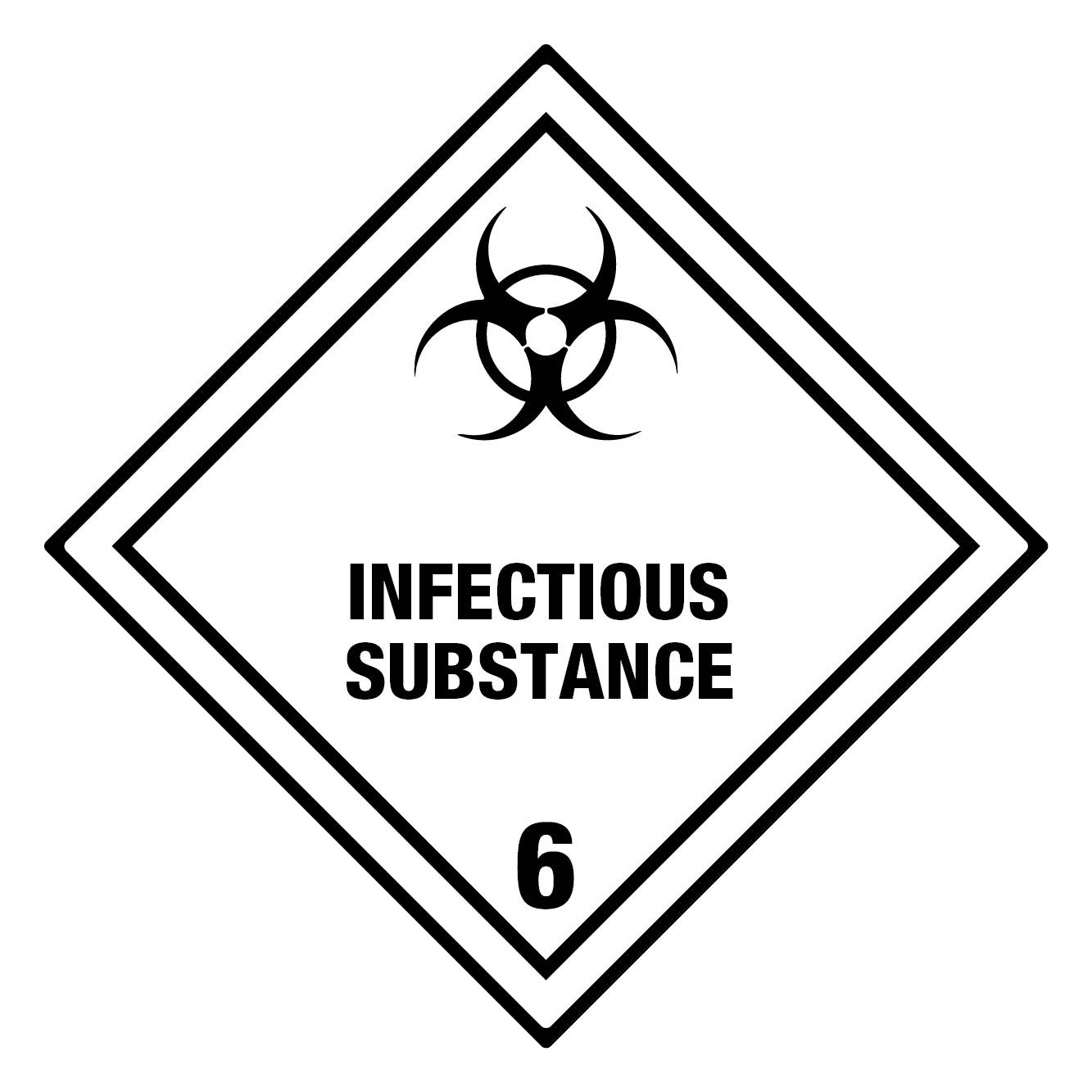
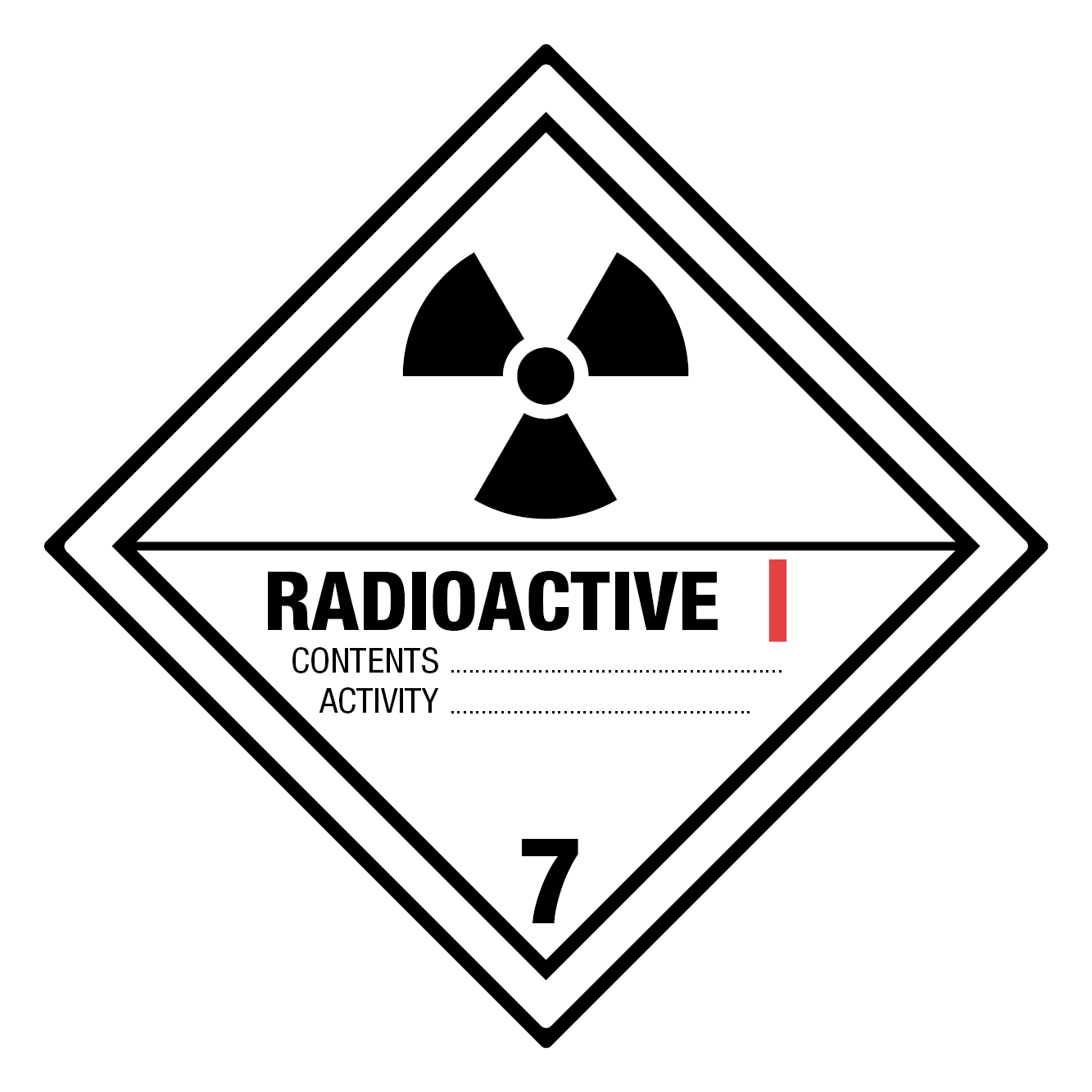
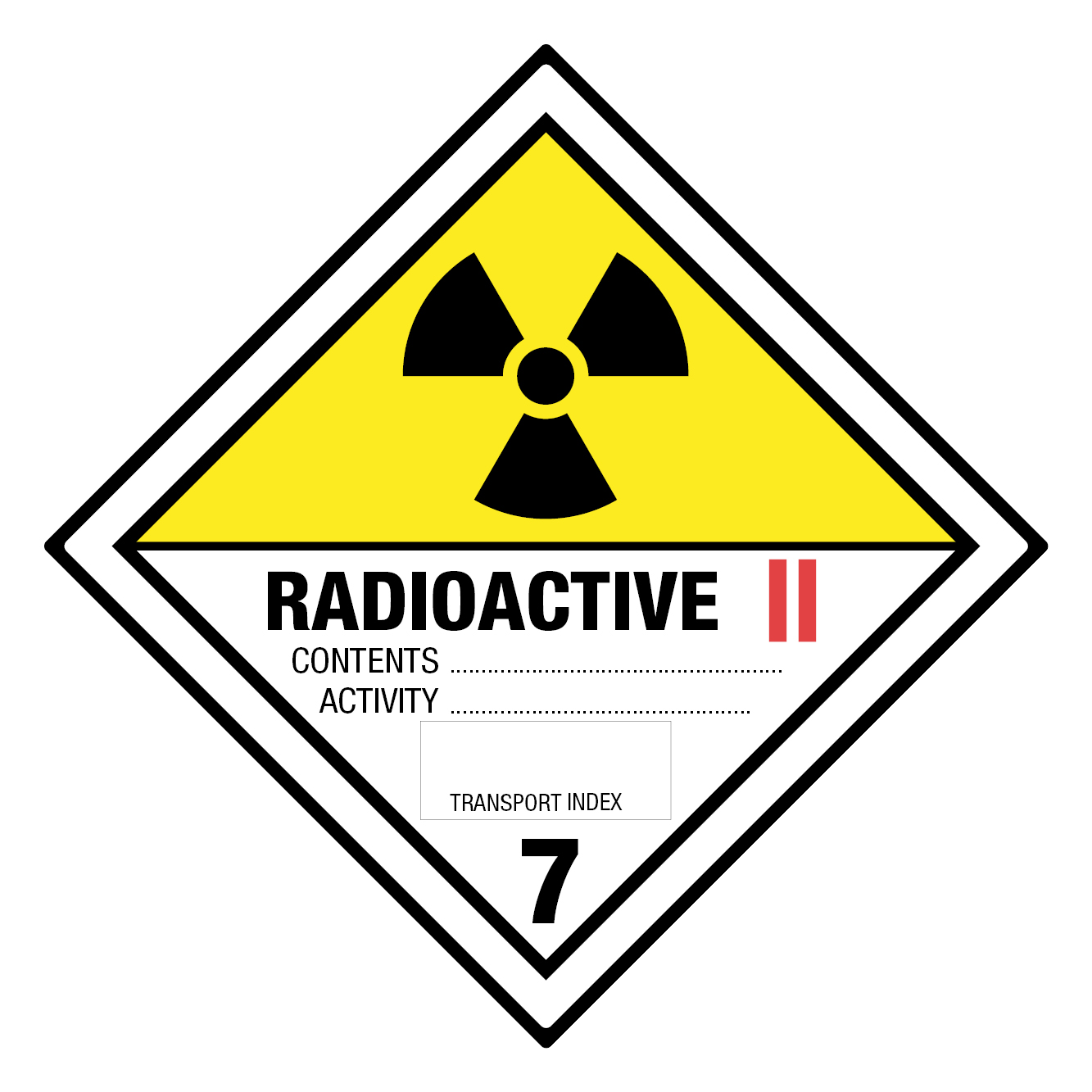

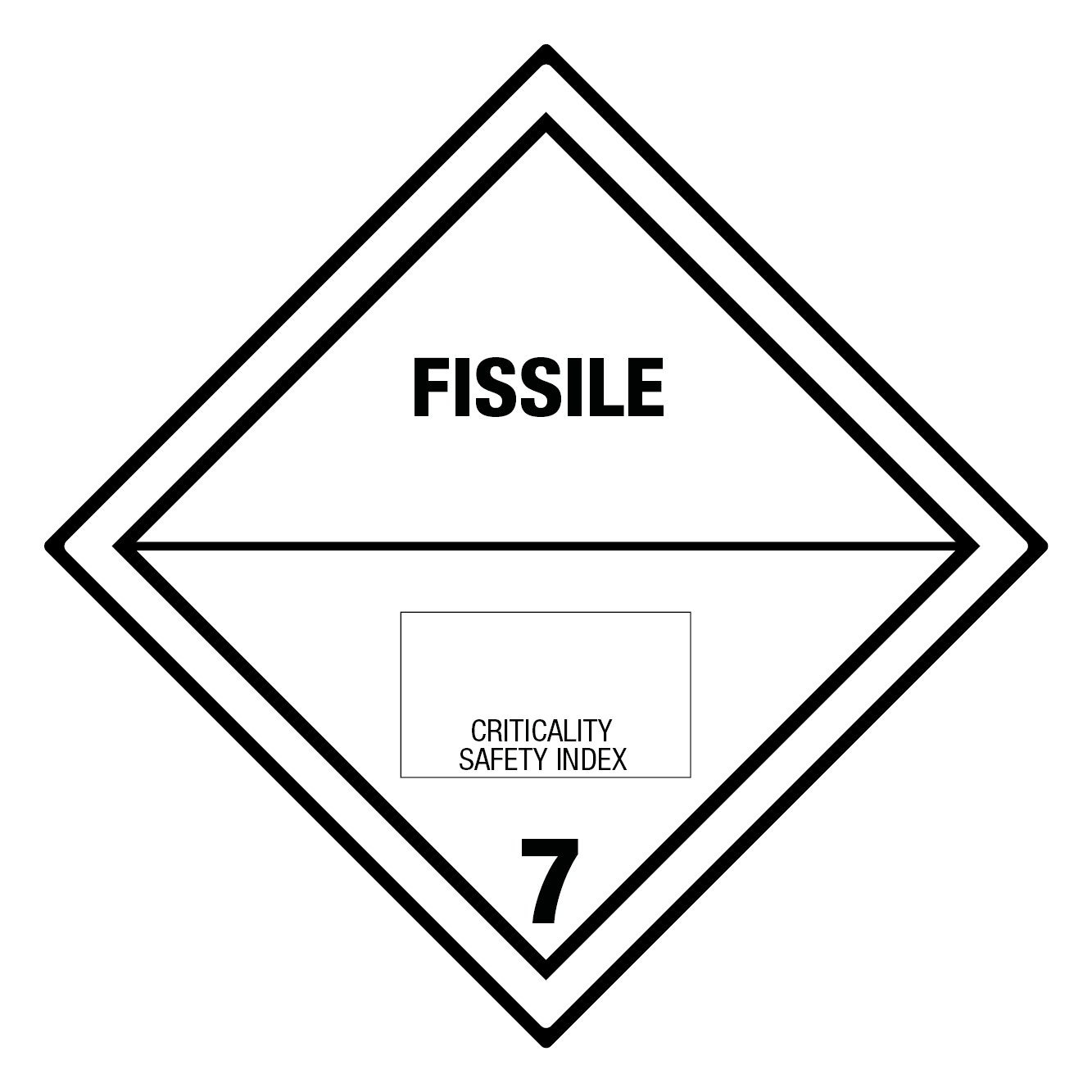
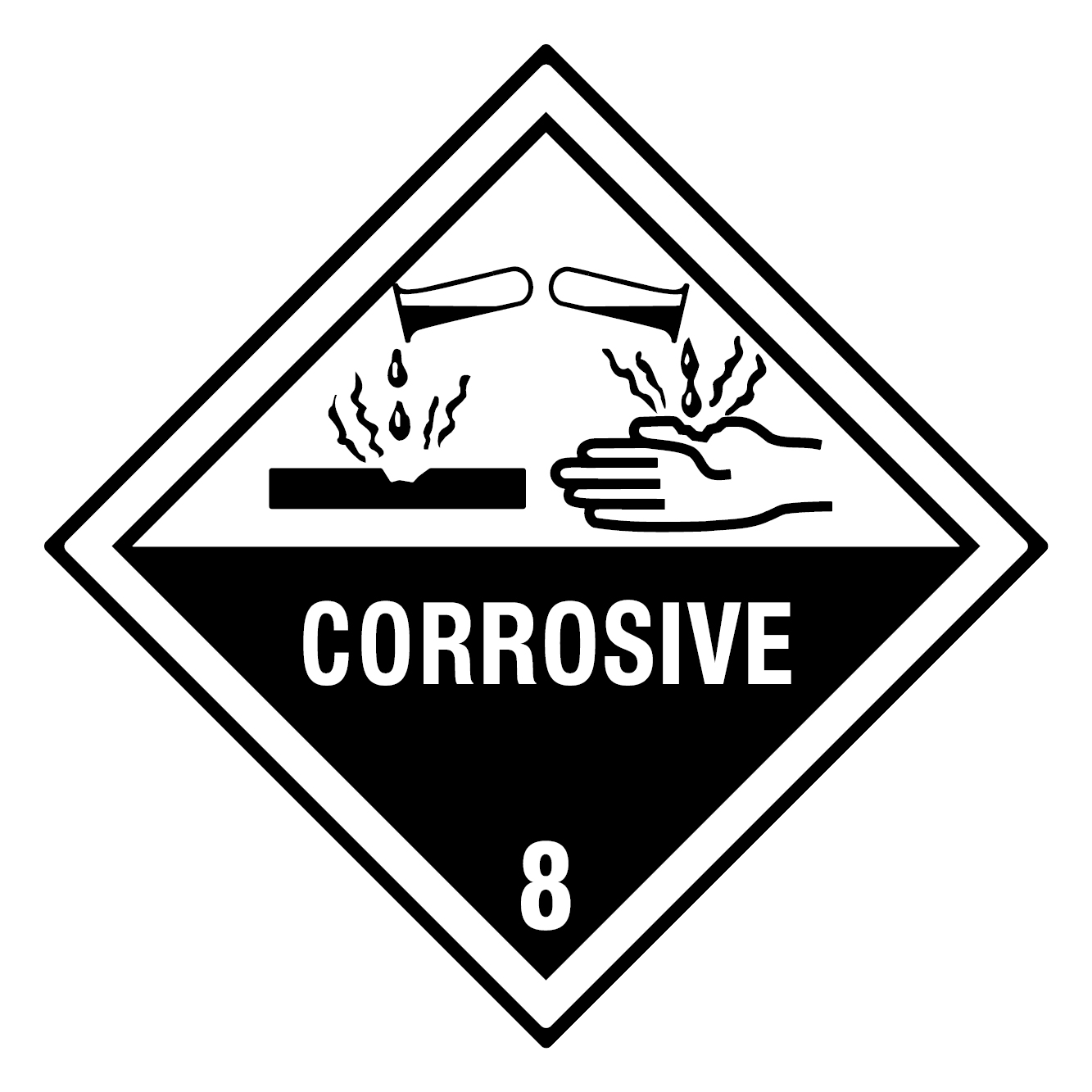
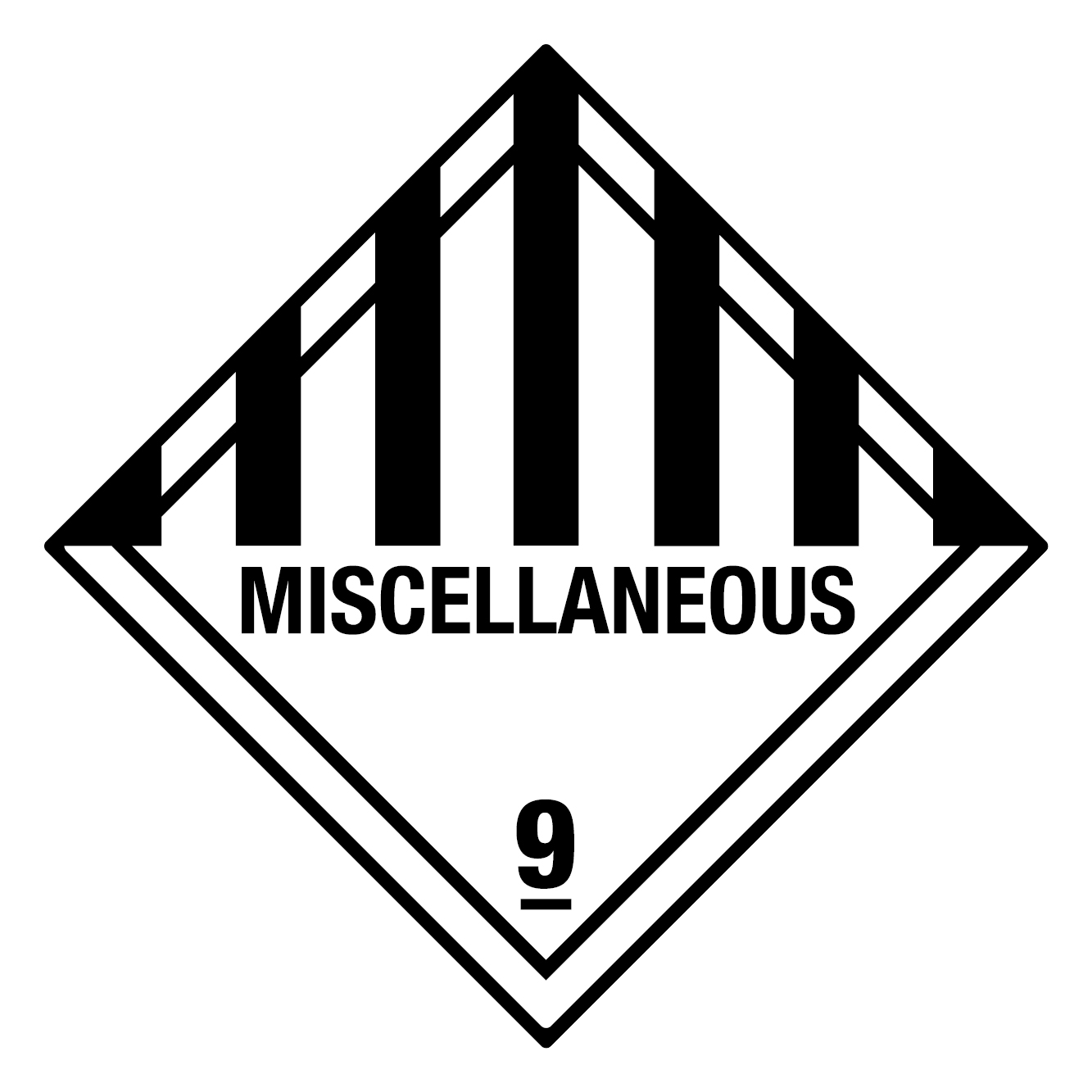

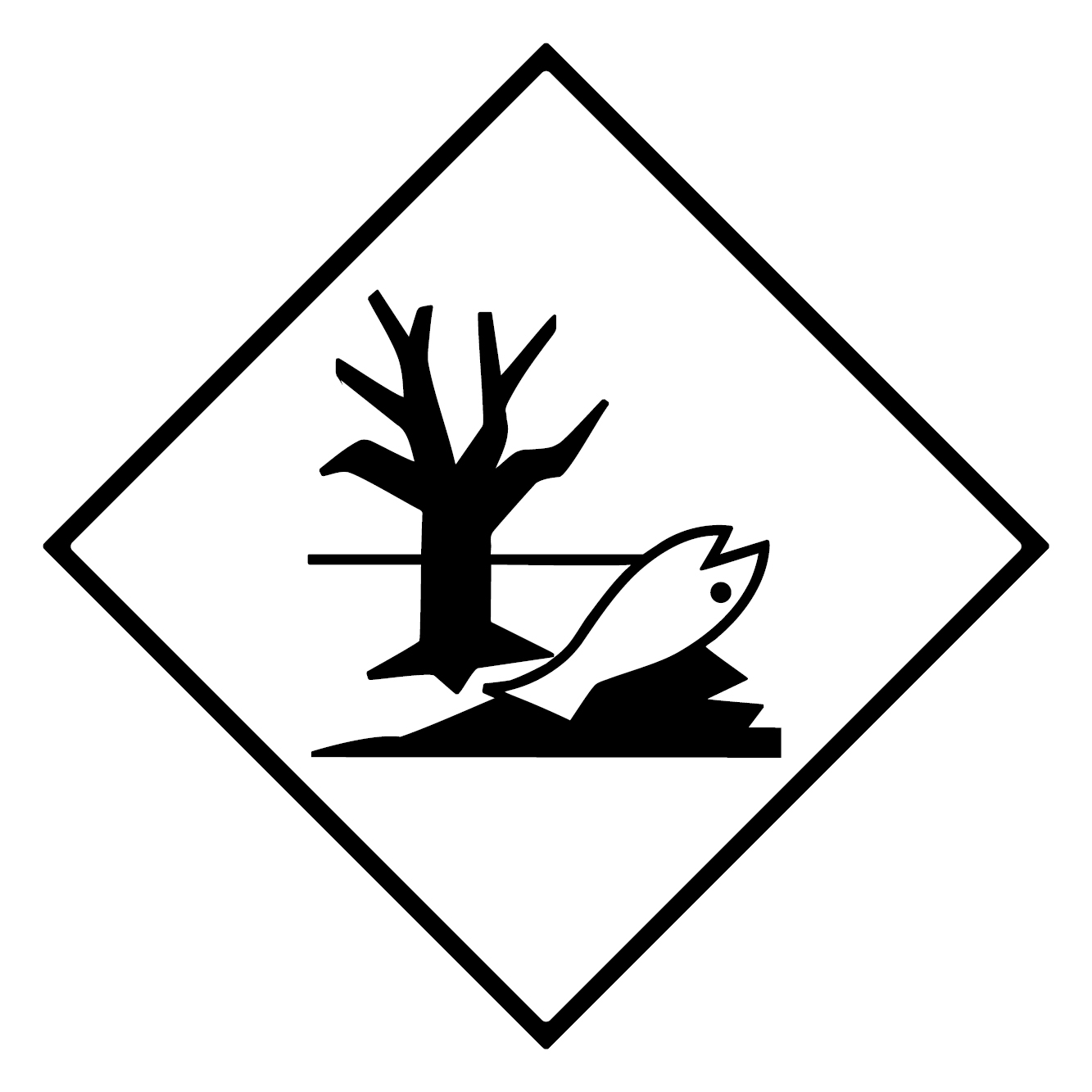


Recommended application
For optimum adhesive strength, we recommend combining with:
- BOXLAB BIO Cleaner (Art. 610002)
- BOXLAB Squeegee (Art. 610001)
- BOXLAB Safety Scraper (Art. 610003) for label removal
Our product overview

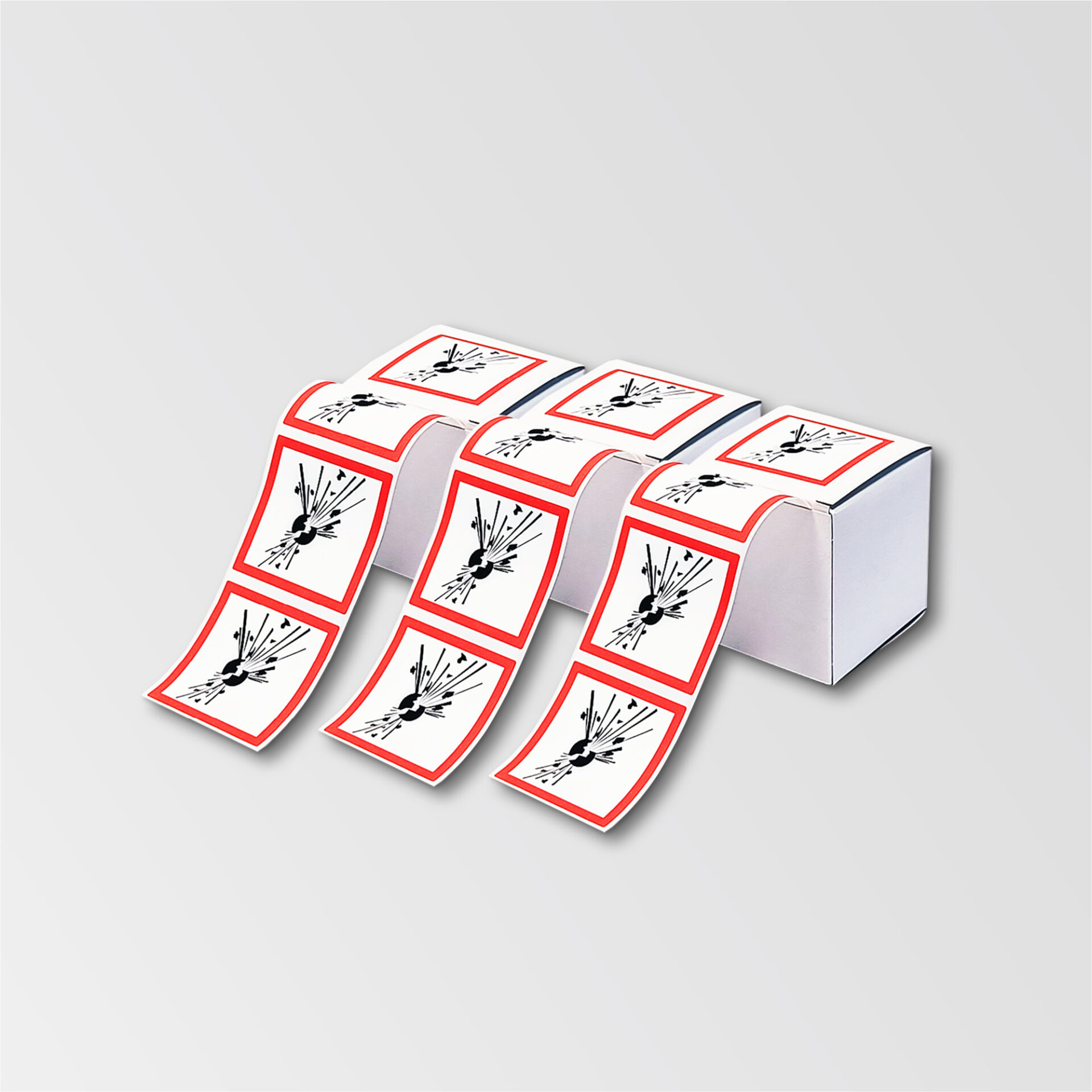

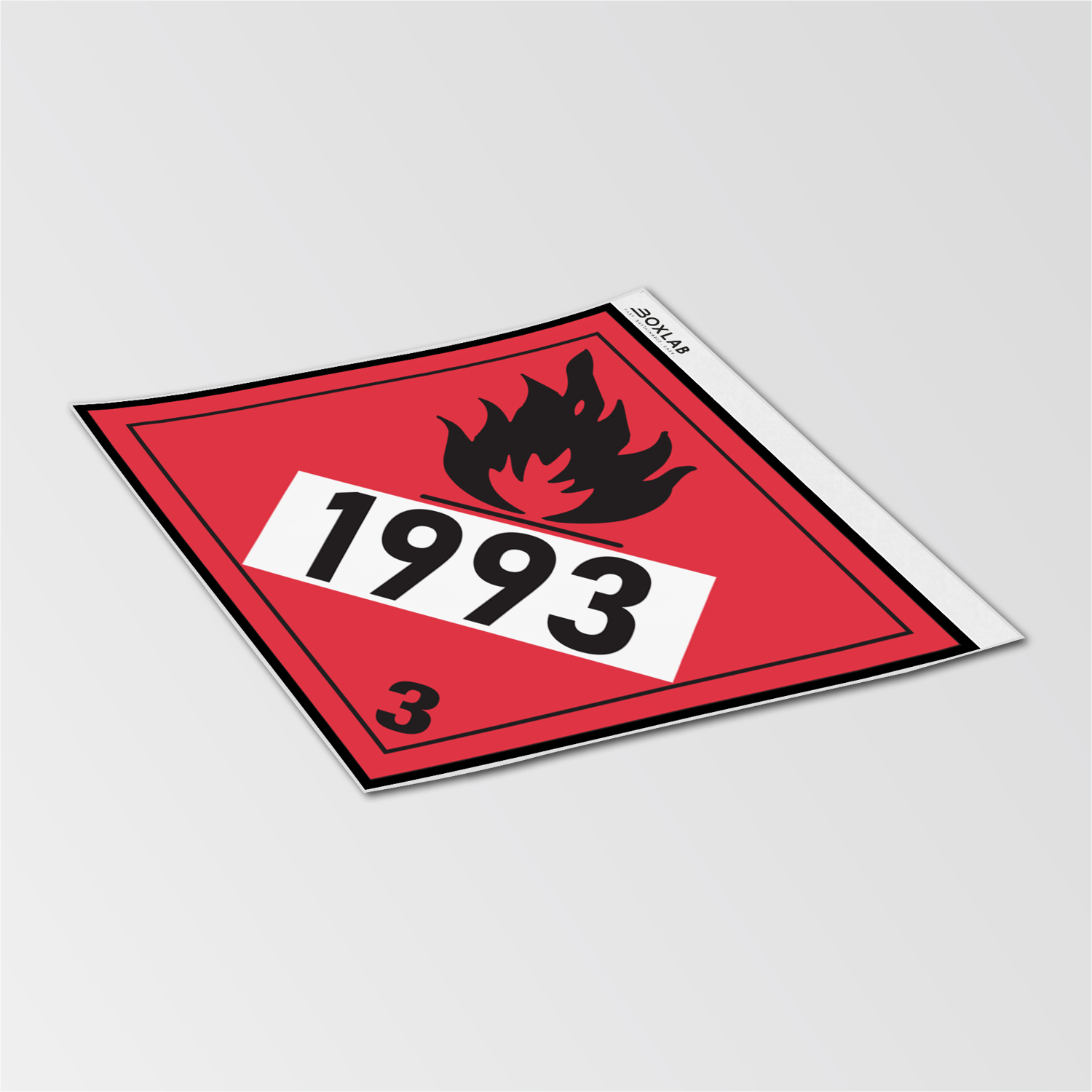

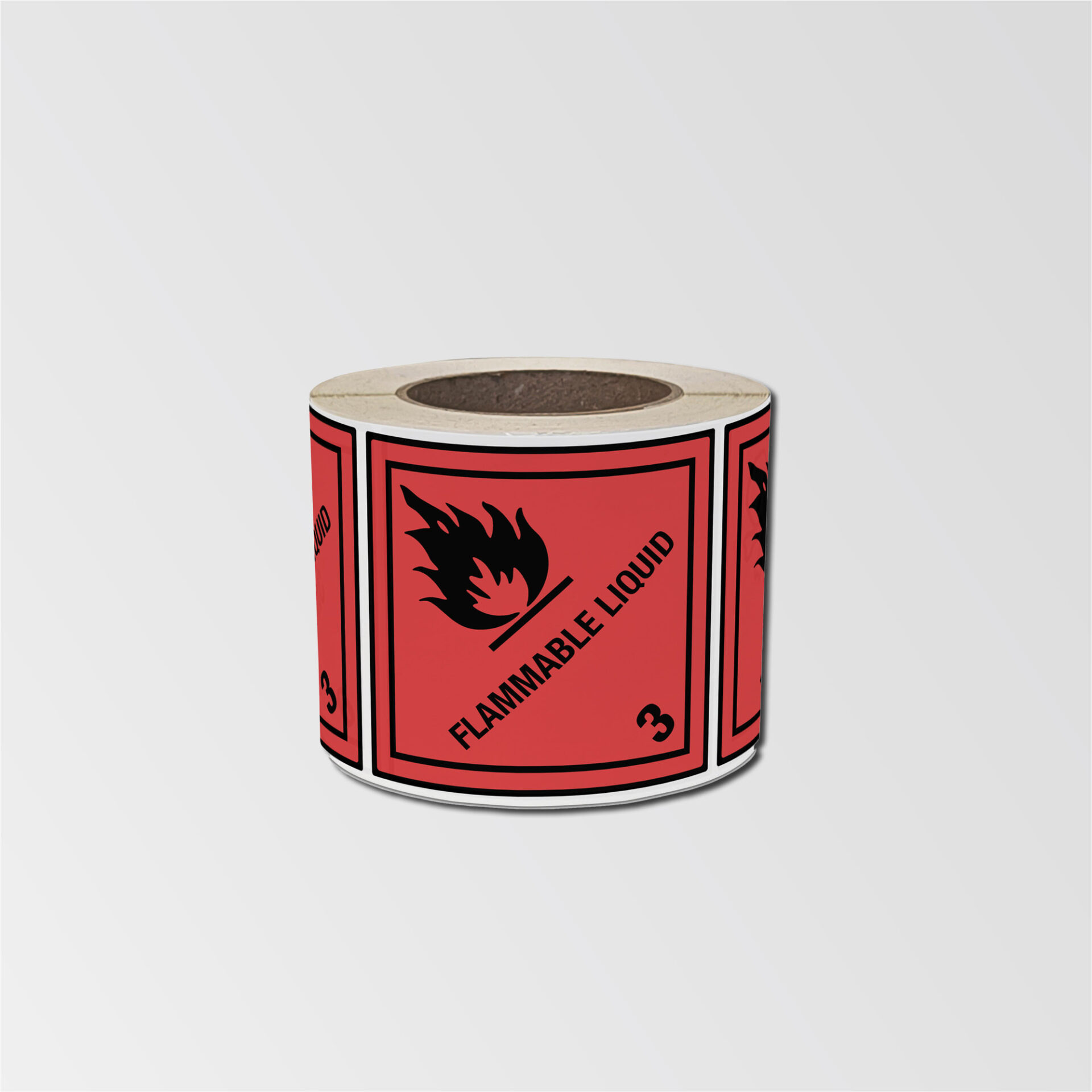

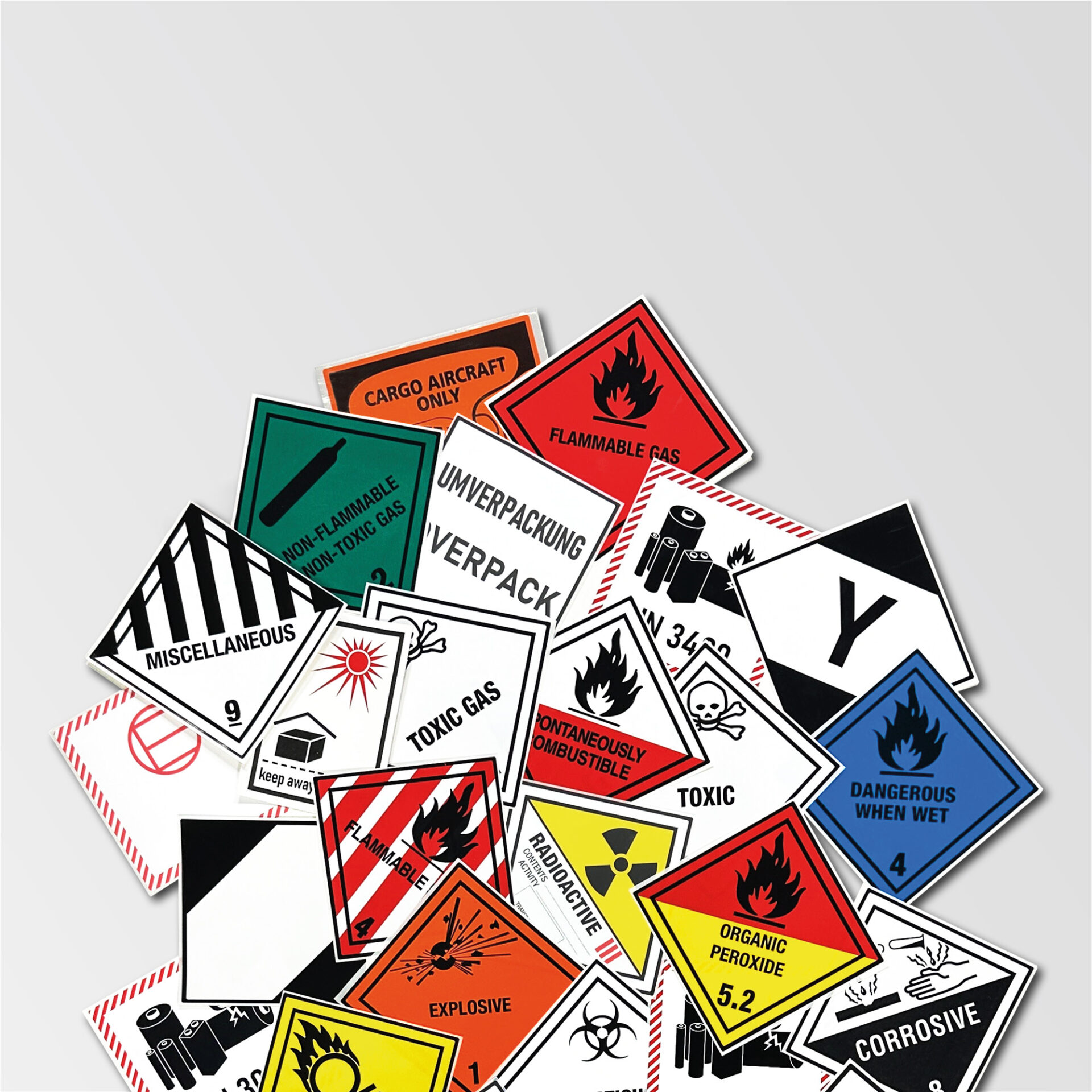


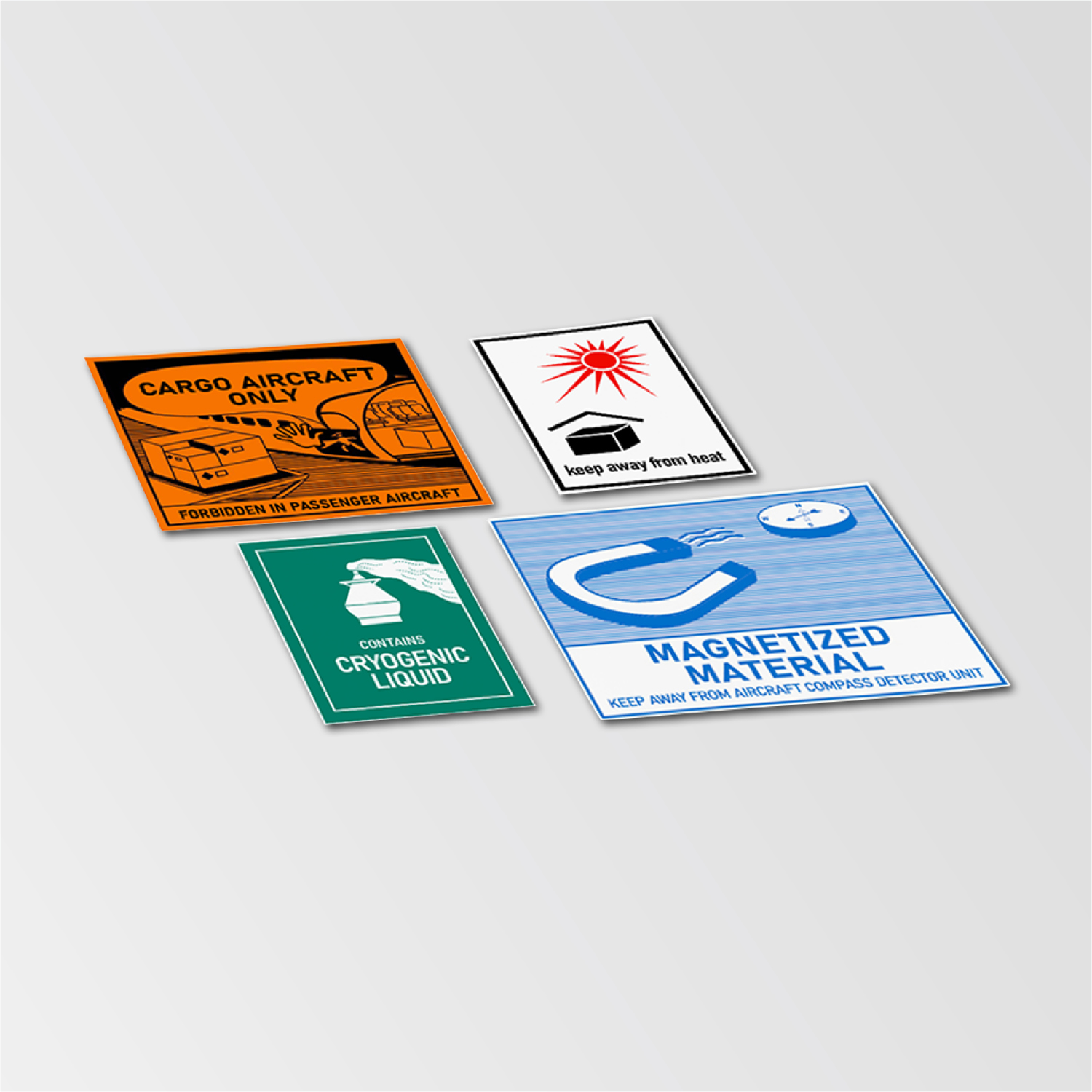
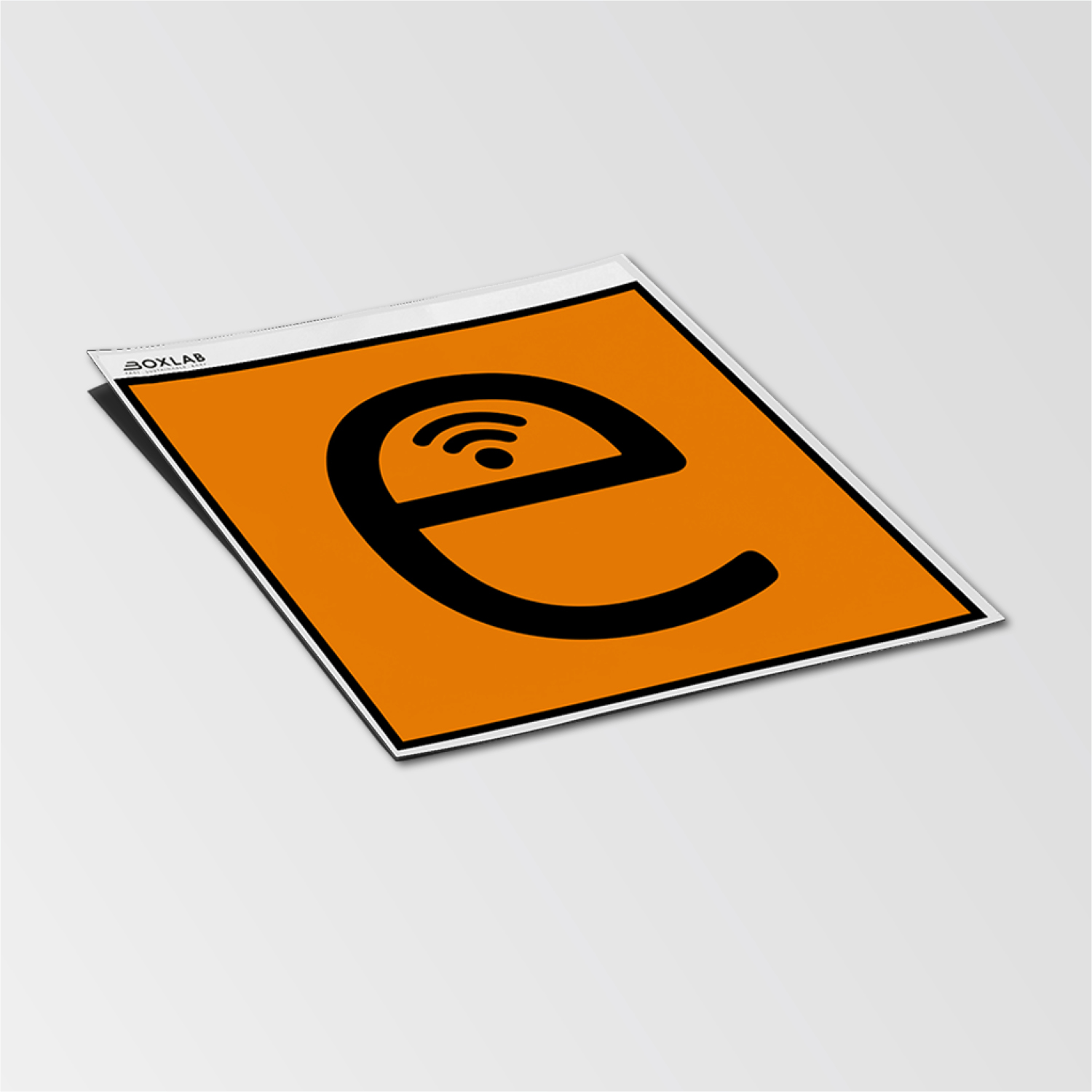
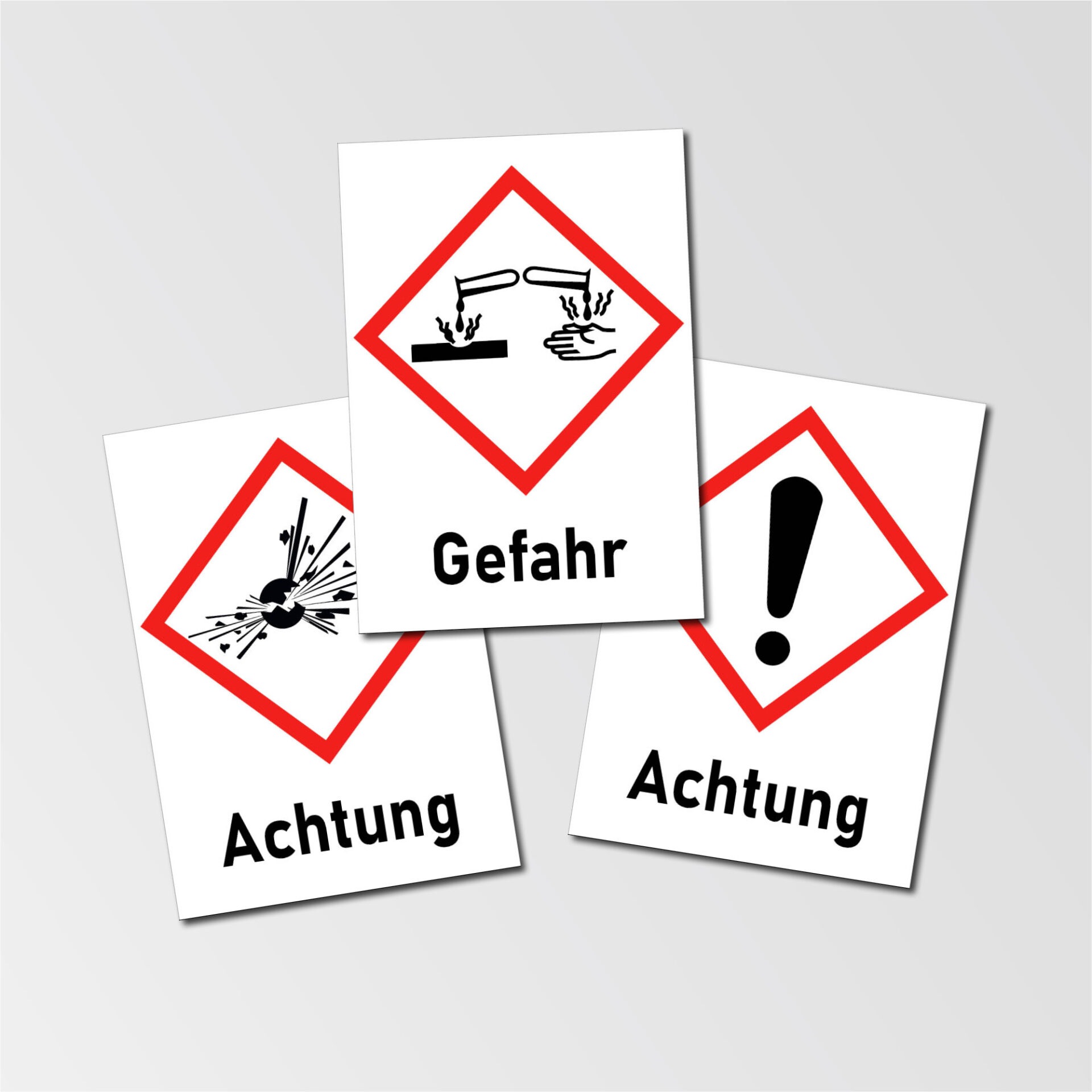
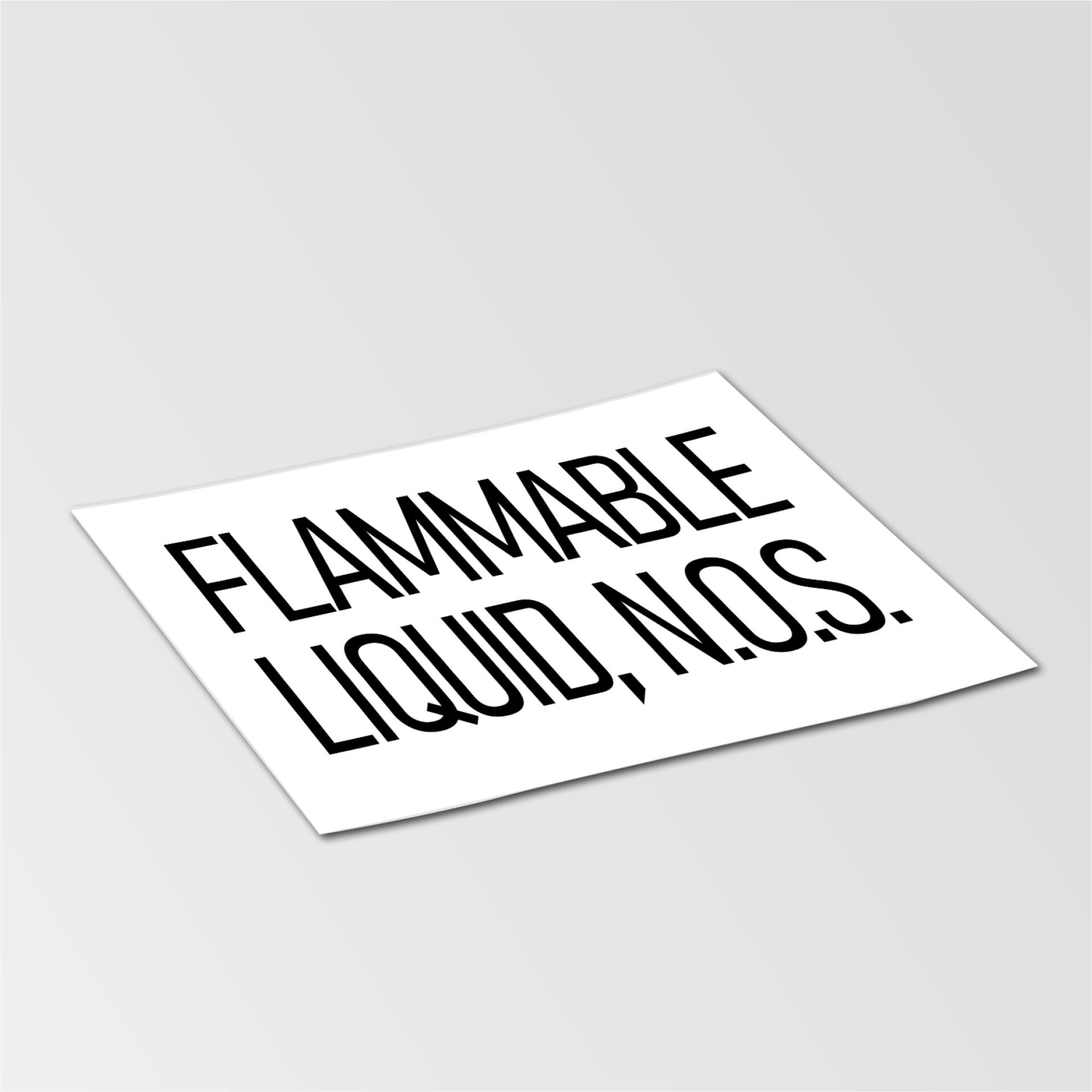
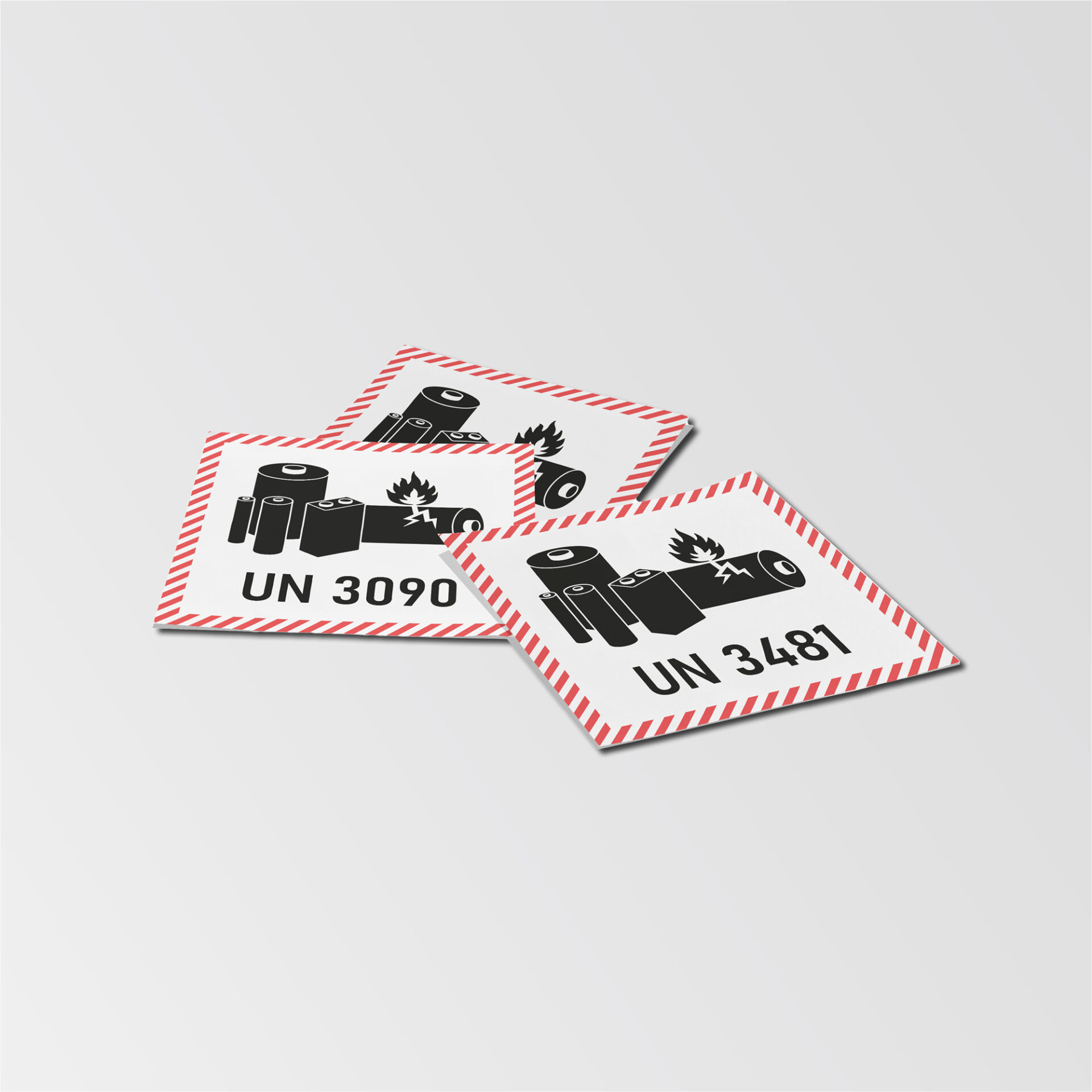

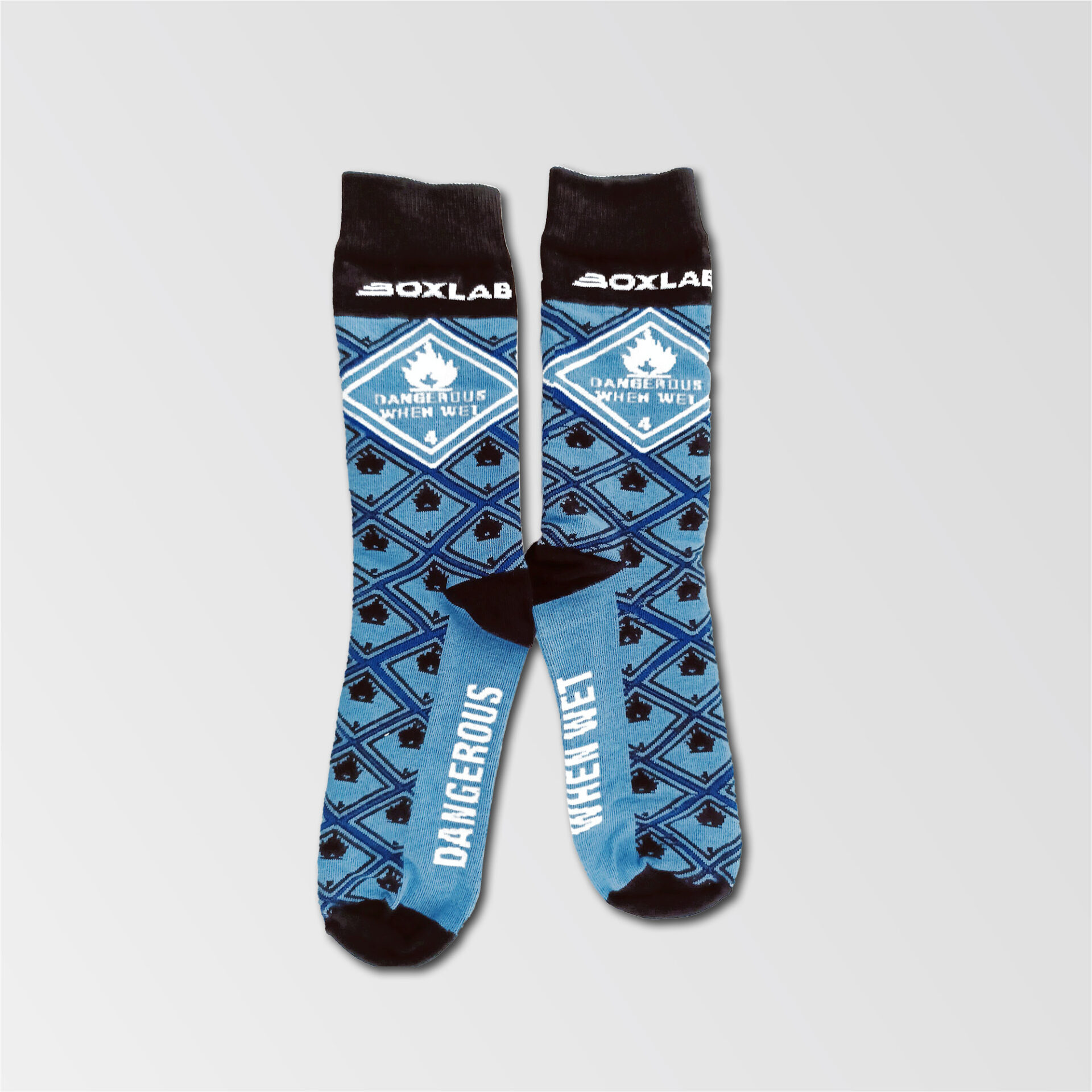

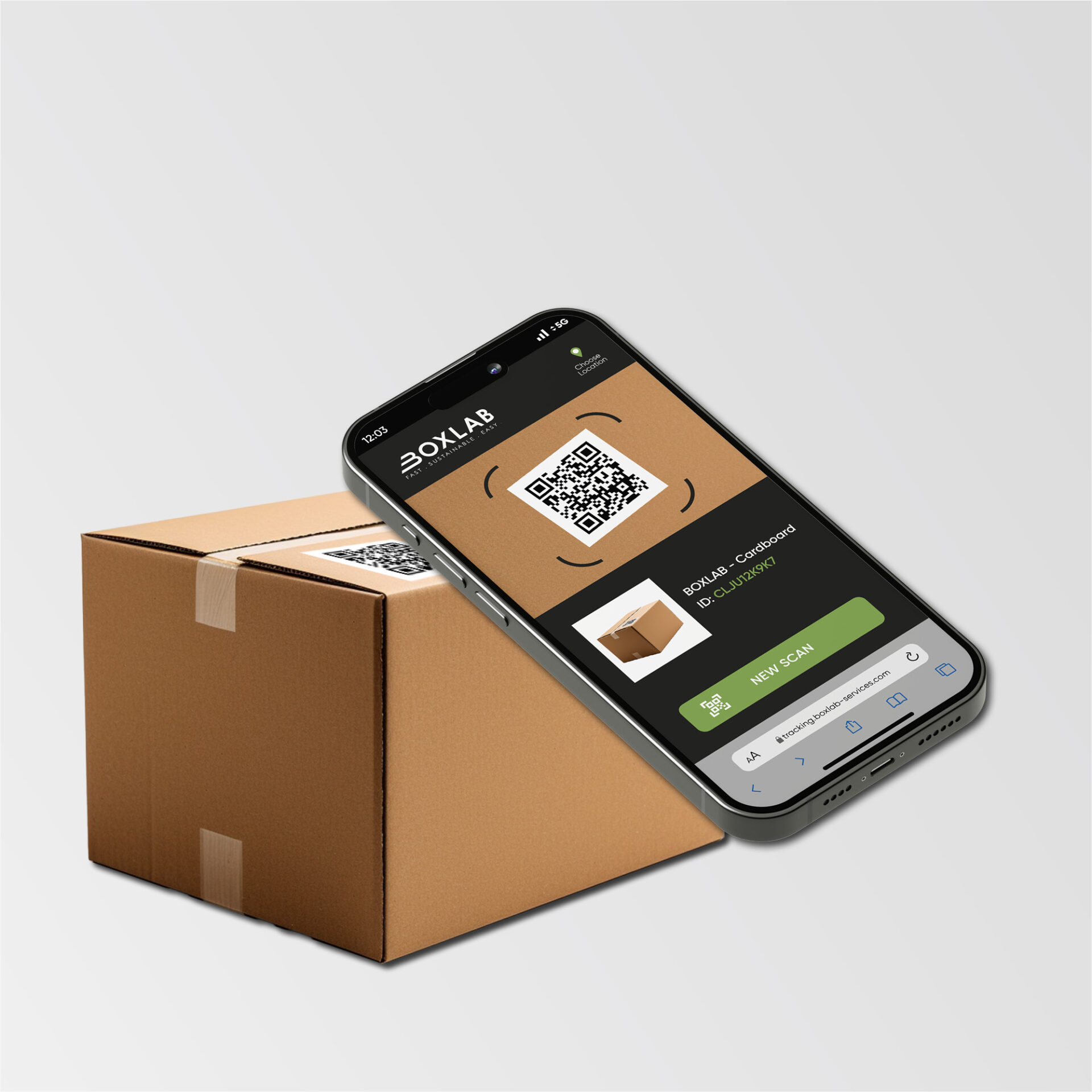
Also new in the range: Half warning signs and single digits
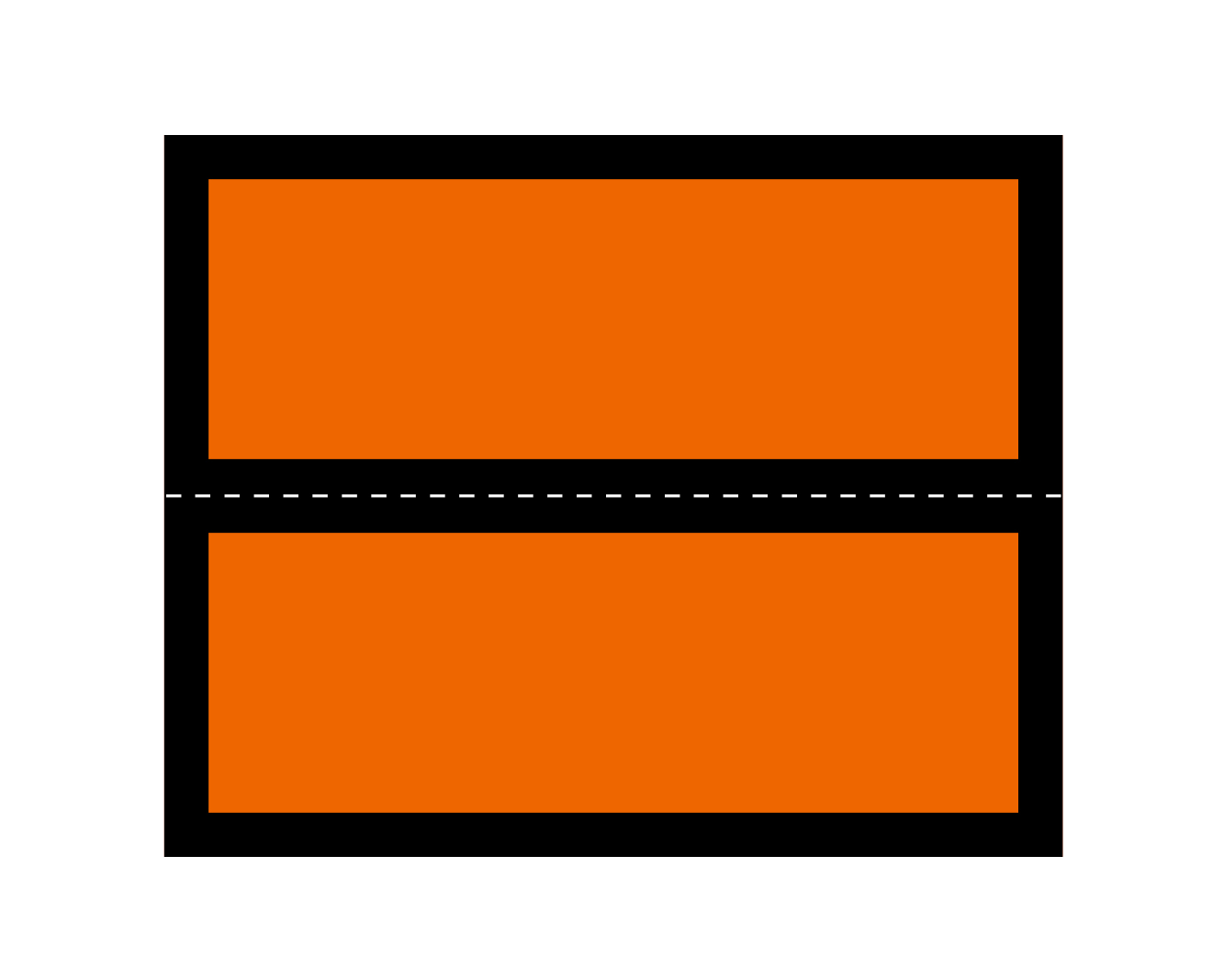
1. half warning signs (300×120 mm)
Our blank ADR warning signs serve as the basis for flexible dangerous goods labeling. They are weatherproof, reflective and resistant, ADR-compliant, equipped with a strong adhesive and ideal for changing UN numbers in combination with number labels

2. numeric labels (0-9) for half warning signs
Our BS 5609-certified numeric labels are specially designed for use on half ADR warning labels. They measure 85 x 58 mm, 10 per sheet, are resistant to oil, dirt and UV radiation and offer
Strong adhesion for permanent labeling

3. Pre-printed half warning labels
For companies that frequently transport the same dangerous goods, we offer pre-printed ADR warning labels with UN numbers. These save time and provide reliable, long-lasting dangerous goods labeling.
Frequently asked questions (FAQ)
What is the difference between normal and micro-perforated hazard labels?
The micro-perforated hazard labels can be easily separated by hand thanks to the fine perforation – label by label. In contrast to conventional roll goods, you do not need a knife or cutting tool and can also use the labels flexibly outside the production line.
Are the perforated hazard labels also suitable for labeling machines?
Yes, absolutely. The perforation has been designed so that it does not interfere with machine processing. You can easily insert the rolls into automatic labeling machines and label them as usual.
For which dangerous goods classes and UN numbers are the labels available?
We currently offer perforated hazard labels for UN3480 and UN3481, for example – both in accordance with ADR Special Provision 188. Customizable variants are also available. Further standard hazard labels are being planned.
How many labels are on a roll or in a set?
Our standard rolls contain 1,000 labels, the sets contain 100 labels – each in 100 × 100 mm format.
Are the labels resistant to seawater?
Yes, all BOXLAB hazardous goods labels are seawater-resistant in accordance with BS 5609 Section III and are therefore also ideally suited for international transportation.
What material is used?
The labels are made from a special, highly resistant PP material. It is weatherproof, oil and dirt-repellent, flexible and adheres reliably even to difficult surfaces.
What is the best way to apply the labels?
For the best possible adhesion, we recommend thorough pre-cleaning with BOXLAB BIO Cleaner and the use of a squeegee for bubble-free application. Our BOXLAB safety scraper is suitable for removing labels.
